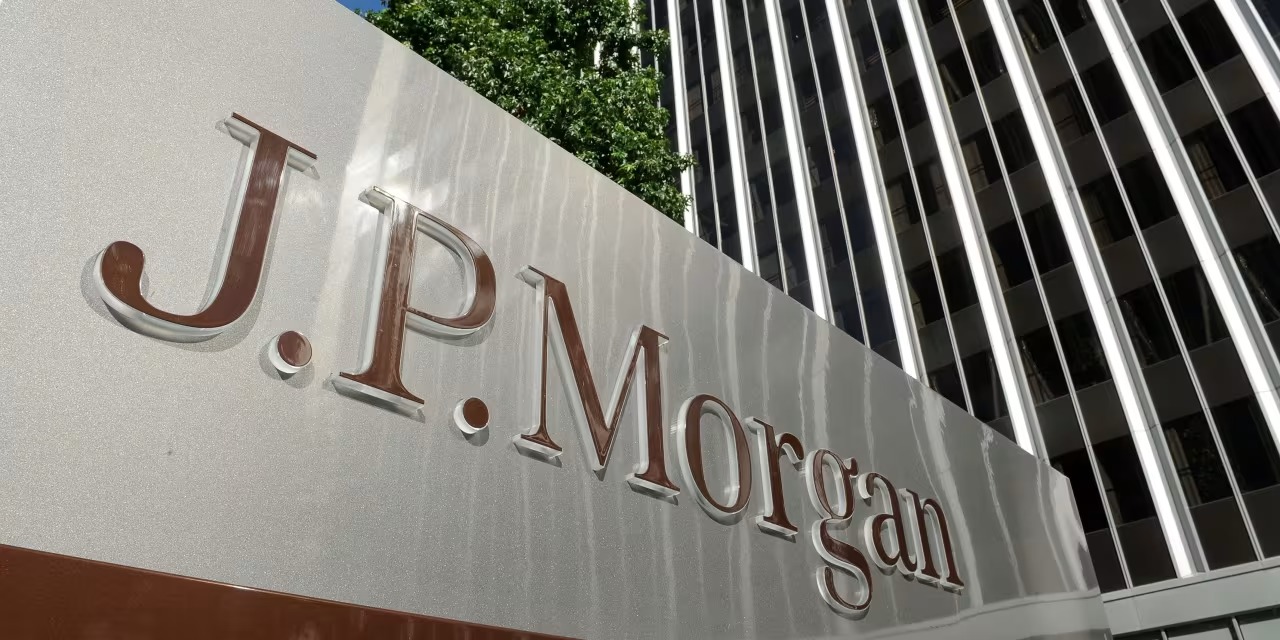JPMorgan Chase, one of the largest financial institutions in the world, has increased its estimate of the likelihood of a U.S. recession to 60%. This adjustment reflects growing unease among analysts about economic headwinds that could slow growth and trigger a downturn in the near future. The revision is based on a combination of factors, including persistent inflationary pressures, tightening monetary policies, and signs of consumer fatigue.
Inflation and Interest Rate Pressure
The Federal Reserve’s continued effort to combat inflation through aggressive interest rate hikes is creating ripple effects across the economy. While inflation has moderated from its peak, it remains above the Fed’s target, keeping policymakers on high alert. Higher borrowing costs are affecting businesses and consumers alike, contributing to slowed investment, reduced spending, and rising concerns among financial institutions such as JPMorgan.
Labor Market Signals a Shift
Despite a historically strong labor market, recent data points to softening conditions. Slower job creation, a slight uptick in unemployment claims, and cooling wage growth all suggest the labor market may be losing steam. JPMorgan’s analysts point to these indicators as part of the reasoning behind the increased recession probability. As employment trends often lag behind other economic indicators, any downturn could already be taking root beneath the surface.
Consumer Behavior and Spending Trends
Consumer sentiment and behavior remain critical markers of economic health. Recent reports highlight a decline in discretionary spending, with households prioritizing essentials due to increased costs. JPMorgan’s report notes that retail data and credit card usage patterns are beginning to reflect stress, suggesting a pullback in consumer-driven growth. Declining consumer confidence is often an early warning signal of recessionary trends.
Global Uncertainty and Market Volatility
Global factors are further complicating the outlook. Geopolitical tensions, supply chain disruptions, and shifting trade dynamics continue to create volatility in global markets. JPMorgan emphasizes that these external pressures add layers of uncertainty, making it harder for policymakers to stabilize conditions without unintended consequences. Emerging markets and global financial systems remain sensitive to developments in the U.S. economy.
Read More : Destruction of the Consumer Financial Protection Bureau, Fraud Victim ‘Not Hopeful’ He’ll Be Refunded
Business Investment and Corporate Sentiment
Business leaders are becoming more cautious in their outlook. Investment decisions are increasingly being delayed or scaled back due to economic uncertainty and tighter financial conditions. JPMorgan’s analysis includes insights from corporate earnings reports and forward-looking statements, which show a trend of conservative guidance and growing concern over demand. These signals align with broader recession expectations.
JPMorgan’s Strategic Positioning
As JPMorgan raises its recession forecast, it also adjusts its internal strategy. The bank is preparing for a potential downturn by reevaluating risk exposure, adjusting investment allocations, and advising clients to consider defensive positions. JPMorgan’s proactive stance demonstrates its commitment to navigating uncertainty with a data-driven approach. The shift also reflects the broader financial sector’s vigilance amid increasingly turbulent conditions.
Policy Implications and Economic Response
With a 60% chance of recession on the horizon, policymakers face mounting pressure to respond effectively. Fiscal and monetary tools must be balanced to avoid exacerbating the slowdown. JPMorgan’s projections may influence how government agencies and private institutions approach planning, budgeting, and crisis management. The focus now shifts to whether these actions can soften the landing or if the economy is destined for a deeper contraction.
Frequently Asked Questions
Why did JPMorgan increase the recession probability to 60%?
Due to persistent inflation, higher interest rates, slowing consumer spending, and global economic uncertainties.
What economic indicators are driving JPMorgan’s forecast?
Rising interest rates, weakening job data, declining consumer confidence, and slowing corporate investment are key indicators.
How does inflation impact recession risk?
Inflation erodes purchasing power, increases costs, and leads to tighter monetary policies, which can slow economic growth.
What role does the Federal Reserve play in this outlook?
The Fed’s rate hikes to control inflation are increasing borrowing costs and slowing down the economy.
Are global factors influencing the U.S. recession outlook?
Yes, geopolitical tensions, supply chain disruptions, and international market volatility contribute to economic uncertainty.
How might consumers be affected by a potential recession?
Consumers may face job insecurity, reduced spending power, and higher costs for credit and essentials.
What should investors consider in light of this forecast?
Investors may shift toward defensive assets and review portfolio risks to prepare for potential market volatility.
What actions is JPMorgan taking in response?
The bank is adjusting risk strategies, advising clients cautiously, and preparing for a range of economic scenarios.
Conclusion
JPMorgan’s revised forecast reflects a growing concern over the U.S. economy’s trajectory amid inflation, interest rate hikes, and global instability. With a 60% chance of recession now on the table, businesses, consumers, and policymakers must prepare for potential disruptions. While the outlook remains uncertain, JPMorgan’s analysis underscores the importance of proactive planning, careful monitoring, and strategic adjustments to weather the possible economic storm ahead.


